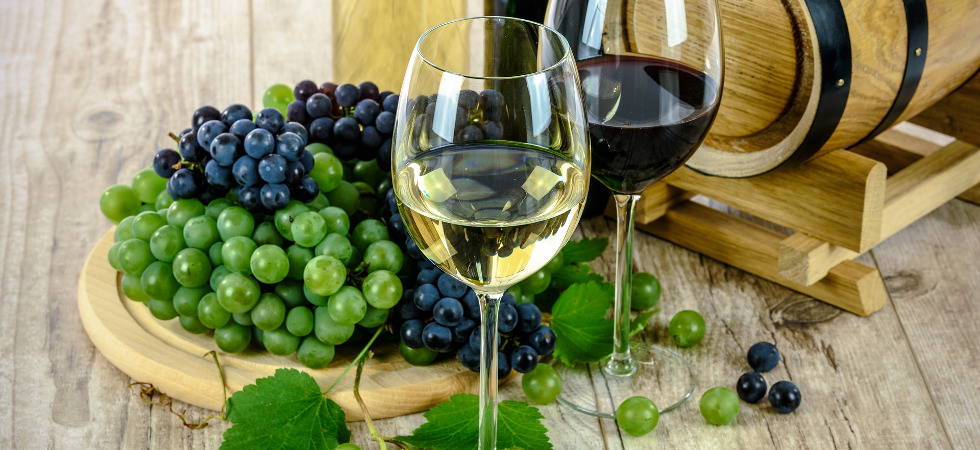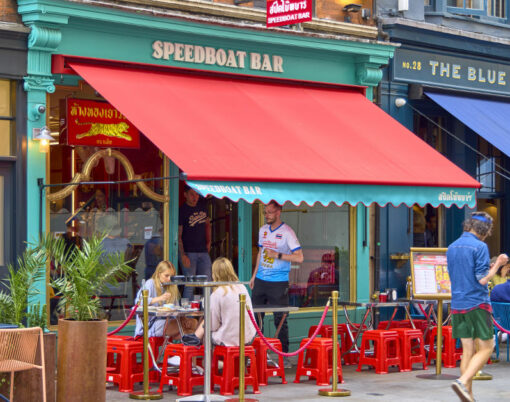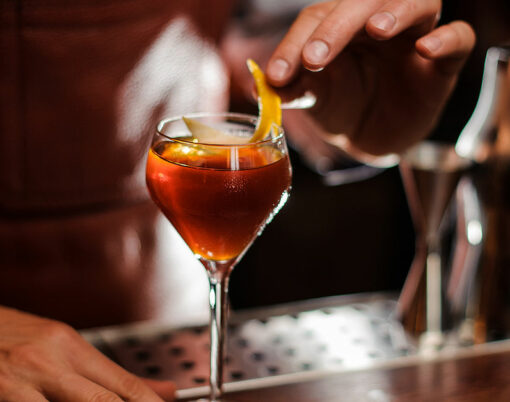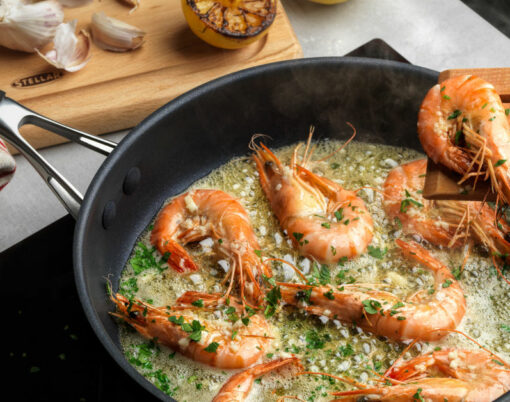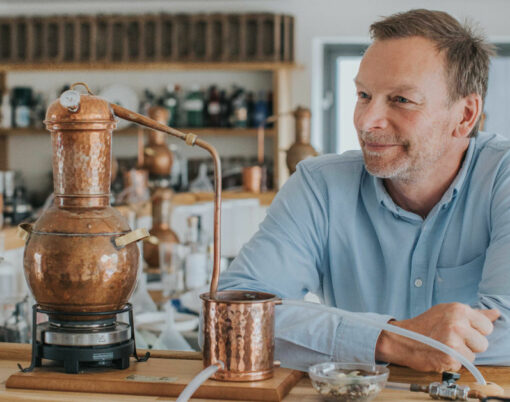After a long day of striking big business deals or a tiring transatlantic flight, there is nothing better to come home to than a good glass of wine. One of the world’s most beloved ways to unwind from the stresses and strains of life or to complement a mouth-watering meal, it’s a cultural symbol of the finer things – and an essential ingredient in any luxury lifestyle.
Whether you’re an educated wine connoisseur who takes this remarkable drink as seriously as it deserves, or a casual social drinker who enjoys a good glug or two at the weekend with dinner, there’s a wine to suit every taste and palate – but have you ever taken the time to think about just how your favourite bottle of Pinot Noir came to pass?
The process of winemaking – otherwise known as vinification – follows just a few simple steps, taking it from vine to bottle before you know it. We sat down with the experts at Barefoot to find out just what it takes to make their best-selling wines – so sit back, pour yourself another glass, and prepare to go behind the scenes of your very favourite tipple.
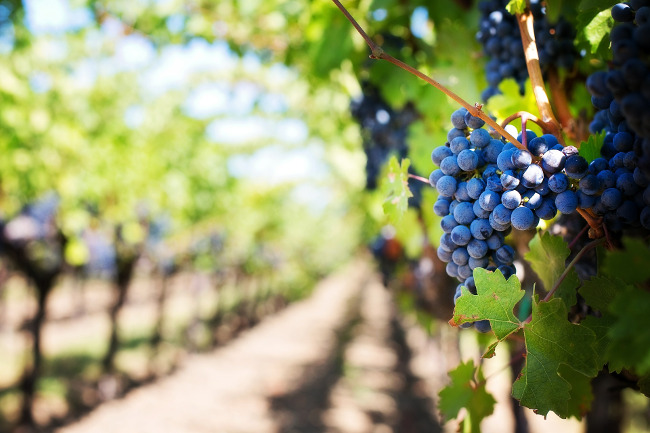
Picking the grapes
The vineyard in which grapes are grown plays an integral role in the end product wines for each and every vintage. Location, climate, terrain, soils, irrigation systems and pest management controls all have an impact, while sun exposure and time on the vine both heavily influence the grapes’ development and specific sugar levels they contain. Also known as harvesting, the first step in the winemaking process is picking the grapes.
“At Barefoot, we select which grapes to harvest based on fruit ripeness,” says Simone Daniels at Barefoot.
“The grapes are picked by machines, in the middle of the night – as this is when they are at their coolest and firmest. This ensures they stay intact all the way from the vineyard to the winery.”
Crushing the grapes
Next, the grapes are processed. The grapes are first separated from their stems, and then they are pressed.
“Traditionally, grapes were pressed by foot, but nowadays mechanical pressing is more common,” Simone explains.
“The objective of crushing is not necessarily to squeeze all of the juice out of the grape, but to split the external skin in order to release the juice. At this stage, the juice is allowed to mix with the natural yeast found on the grape’s skin for the first time – and it’s a combination of these two that produces wine’s alcohol later down the line.”
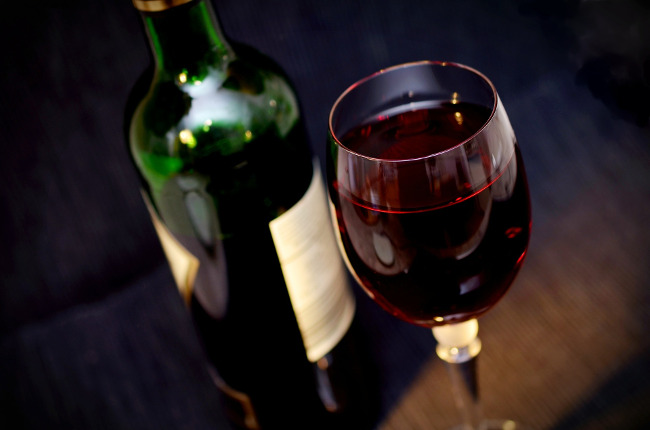
White or red?
Contrary to popular belief, the colour of a wine is not, in fact, determined by the colour of the grape – and from this point onwards, the process differs depending on the type of wine being made.
“With white wines, the grape skins are removed in the settling process. This happens after pressing and before fermentation,” says Simone. “For red wines, on the other hand, the skin is left on, and it’s from this skin that red wine gets its colour and tannins.”
Fermentation
The fermentation stage is where all the magic happens, and it’s now that the grapes sugars are converted to alcohol and carbon dioxide.
“Yeast is added, which metabolises the sugar and creates the byproducts of Co2 and alcohol,” says Simone. “Fermentation times vary depending on the type of wine, taking longer for a cooler fermentation whilst being a faster process for a warmer fermentation. Typically, white and pink wines will have cooler fermentations to preserve their fruity aromas and flavours. Red wines are pressed after fermentation.”
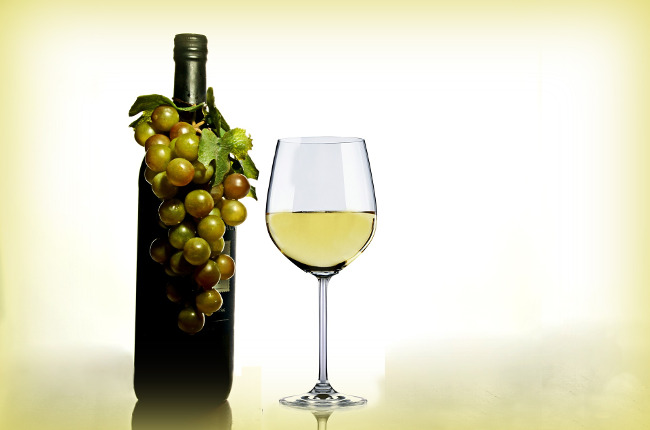
Bottling
Finally, the phase you’ve all been waiting for – and the last one before you get to pour yourself that long-awaited glass. Nowadays, wine is generally bottled through mechanical bottling lines, which slowly fill each one before topping with either nitrogen or carbon dioxide to displace any oxygen that might be lingering at the top.
Simone tells us: “All Barefoot wines are blended to ensure that they meet our wine style. They have to be varietally correct, fruitforward and food friendly!
“All that’s left now? Open your bottle of wine, and enjoy!”
THE WINE MAKING PROCESS: THE ULTIMATE GUIDE

Provided by Barefoot Wine












